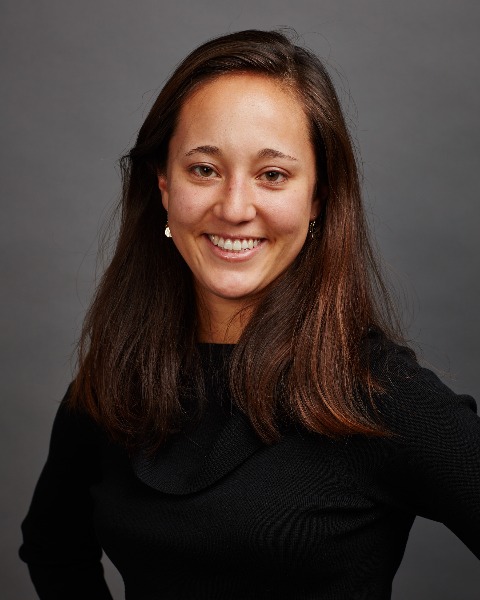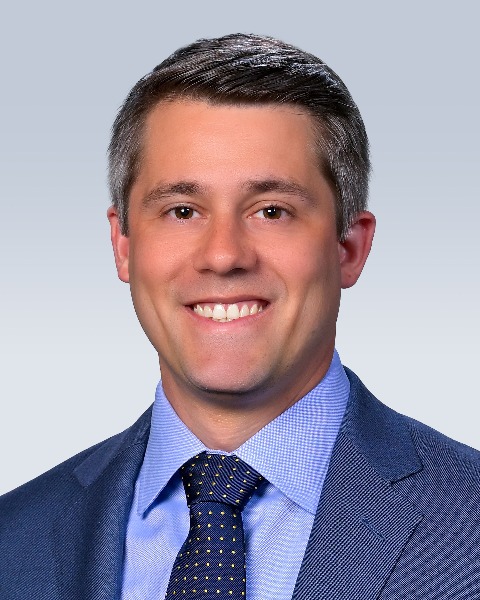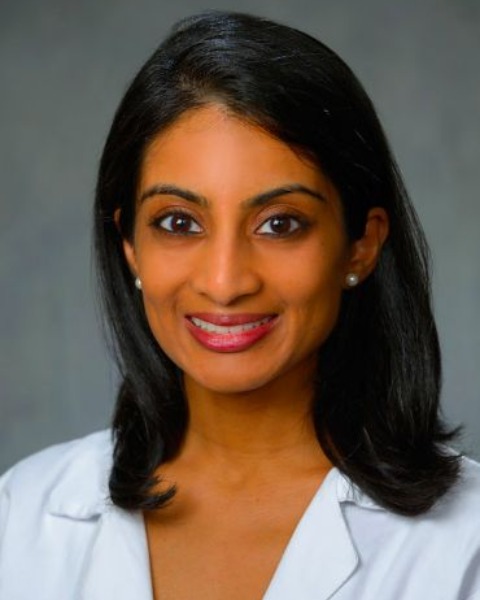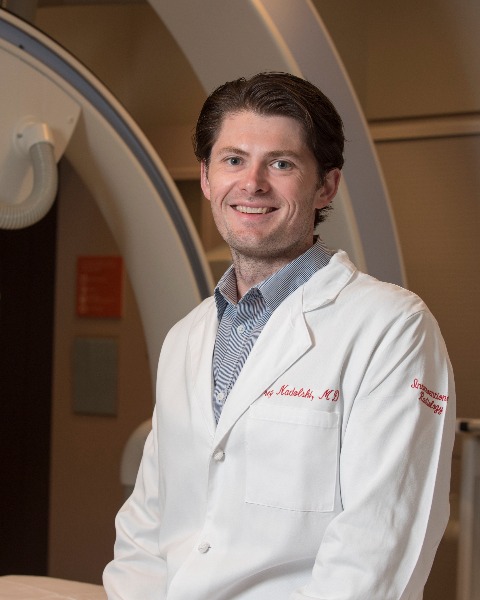General IR
Integrated IR Residency: Perspectives of Applicants and Program Directors from the 2022 Match

Monica M. Matsumoto, MD
Resident
University of PennsylvaniaDisclosure(s): No financial relationships to disclose

Daniel M. DePietro, MD
Assistant Professor
University of Pennsylvania- SS
Susan Shamimi-Noori, MD
Program Director
University of Pennsylvania 
Jason C. Hoffmann, MD, FSIR
Interventional Radiologist
NYU Langone Health- TG
Terence P.F. P. Gade, MD, PhD
Assistant Professor of Radiology
Department of Radiology, Hospital of the University of Pennsylvania 
Shilpa Reddy, MD
Assistant Professor, IR
Penn Medicine
Gregory J. Nadolski, MD
Attending Physician
Penn Image-Guided Interventions (PIGI) Lab, Hospital of the University of Pennsylvania, Division of Interventional Radiology
Presenting Author(s)
Author/Co-author(s)
Materials and Methods: An electronic survey was sent to all IR PDs and integrated IR applicants who matched in 2022. Questions assessed demographics, application and interview experiences, and perspectives on the future. Summary and descriptive statistics are reported; Likert-type responses are compared using two-sample t tests.
Results:
68 matched applicants (40%) and 47 PDs (52%) responded to the survey; 77% of applicants and 83% of PDs identified as male gender. Applicants applied to a mean of 46.2 ± 9.3 integrated IR programs; 87% also applied to diagnostic radiology for all or most of their programs {1}. 51% of applicants did not think their medical school was able to advise them appropriately on the IR application process. 72% completed at least one IR visiting rotation. Applicants attended a mean of 14.4 ± 8.0 IR interviews.
Regarding the match process, both applicants and PDs thought the two most important application factors were perceived interest in/dedication to IR and letters of recommendation. The most disparate perception of important factors were: connection to a program’s geographic location (applicant rank: 3rd, PD rank: 16th), research experience (applicant rank: 9th, PD rank: 21st), hobbies/extracurriculars (applicant rank: 13th, PD rank: 25th), and number of publications/presentations (applicant rank: 4th, PD rank: 11th), with applicants assigning greater importance compared to PDs (P < 0.001 for all). The most important factors for PDs to give special attention to a candidate were completion of a visiting rotation at their institution (82%), attending their institution’s medical school (70%), and specific program interest stated in personal statement/communication (66%).
Overall, 67% of applicants and 87% of PDs were satisfied or very satisfied with the match outcome.
Conclusion: Knowledge of both applicants’ and PDs’ approaches to the residency application process is valuable in planning for future application cycles. Most applicants and PDs reported satisfaction with the outcome, but ongoing work is needed to improve medical student advising regarding the competitive IR residency Match and to optimize outcomes {2-4}.

.png)
.png)
.jpg)
.png)
.jpg)
.png)
.png)
.jpg)
.png)